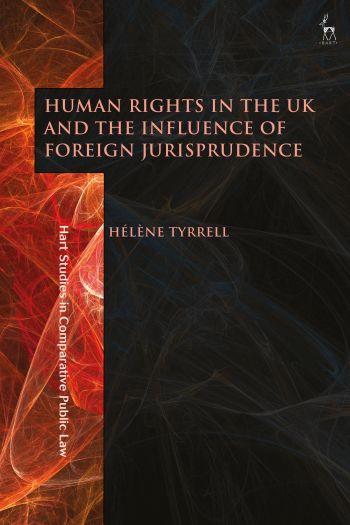
This book represents the first major empirical study of the use of foreign jurisprudence at the UK Supreme Court and contributes to a growing interest in comparative public law. Judicial use of foreign precedents has received very little attention in the UK context, yet foreign jurisprudence is cited in around one third of the UK Supreme Court's decided cases.
This book explains the patterns of use and non-use of rulings from foreign domestic courts in human rights cases. The book draws from a range of quantitative and qualitative research methods, including interviews with two thirds of the Supreme Court Justices in the Court's first four years (2009-2013) as well as a focus group with some of the Judicial Assistants. The central argument of the book is that, in the absence of legislative guidance, the use of foreign jurisprudence is neither consistent nor systematic. Different Justices use foreign jurisprudence to different degrees and for different reasons. The main use of foreign jurisprudence is as a heuristic device: it provides the Justices with a different analytical lens through which to reflect on their own reasoning about a problem. Some Justices also use foreign jurisprudence when interpreting a common legislative scheme and to support their conclusions. As a result, the Justices use foreign jurisprudence differently according to the audience to whom their reasons are addressed. For example, foreign jurisprudence can assist the Supreme Court to enter into dialogue with supranational courts such as the European Court of Human Rights. Paradoxically, the jurisprudence of foreign domestic courts may enable the Supreme Court to develop the domestic law of human rights that many hoped the Human Rights Act would foster. The use of foreign jurisprudence has already achieved this to some extent, by weaving international human rights law into the common law. However, the use of foreign jurisprudence is limited by practical barriers including time pressures, the availability of comparative resources and the greater use of plurality style judgments. These barriers are worth addressing if the Supreme Court is to fully utilise the heuristic value of foreign jurisprudence. The findings in this book will be of interest to academics, judges and lawyers alike.